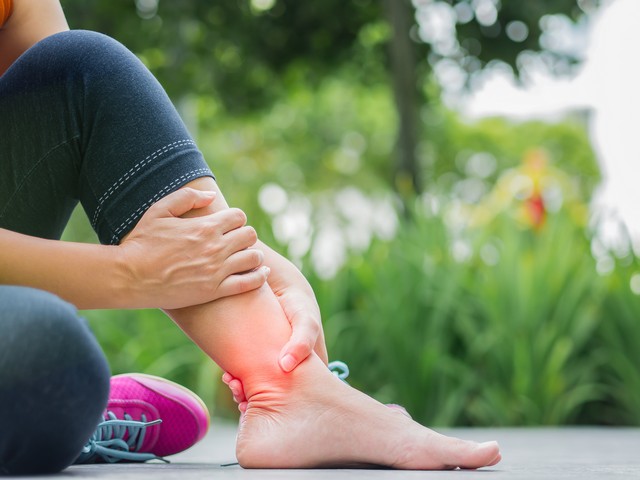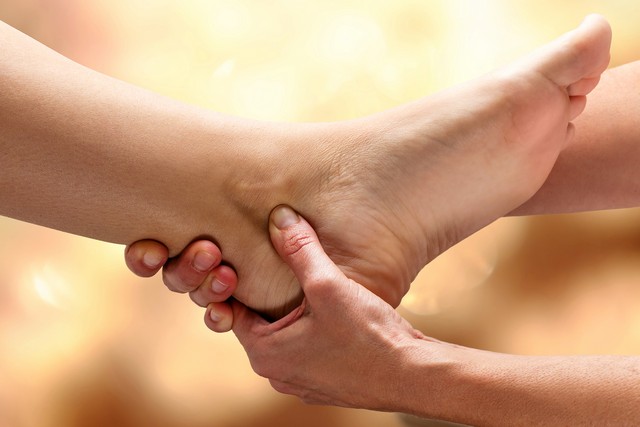Achilles Tendonitis
Achilles Tendonitis Treatment Burwood
Five Dock Physiotherapy & Sports Injury Centre proudly offer quality achilles tendonitis treatment to residents in Burwood and surrounding suburbs.
The Achilles tendon is located behind the ankle joint and connects the heel bones to the calf muscles. It is the longest tendon in the body, and injury to the Achilles tendon is very common, particularly in runners.
Achilles tendonitis is a painful inflammation of this tendon that is often accompanied with swelling and tight calf muscles.
Five Dock Physiotherapy and Sports Injury Centre offer quality physiotherapy care for achilles tendonitis.
Causes
This condition often results from overuse and strain over extended periods of time.
The most common causes of Achilles tendonitis include over-pronation and excessive exercise or walking. This can occur when exercising without an effective warm-up, playing sports which involve quick stops or sudden changes of direction (such as basketball). Achilles tendonitis can also occur from wearing high heels for prolonged periods, a sudden significant increase in physical activity without a graduated approach to training, wearing poorly fitting shoes, having bone spurs on the back of your heels, or just getting older as the Achilles tendon weakens with age! Rheumatoid arthritis and infection are both factors which are also linked to tendonitis.
The main symptom of Achilles tendonitis is pain or swelling on the back of the heel when walking or running. You may also experience tight calf muscles, limited range of motion when the foot is flexed, and the skin on the heel may also be warm to touch.


Treatment
The two main aims when treating Achilles tendonitis are to reduce the strain upon the tendon, and to reduce inflammation.
Unfortunately this usually means reducing high impact sports and running for a period of time and potentially wearing orthotics.
Inflammation may be addressed by taking anti-inflammatory medications, applying ice packs (for 20 minutes per hour during the acute stages of injury), and in more severe cases, minimising movement of the foot and ankle via the use of a restrictive cast or boot for a period of approximately 8 weeks.
Exercises that stretch the calf can also be used but only once the acute stage of the condition is passed.
As a last resort, surgery can be used to reattach the tendon in the most severe cases. Rehabilitation after surgery will generally allow return to normal activity within a period of 10 weeks, and to competitive sports in approximately 3 to 6 months.
